What Students Should Know About Conservation and Rewilding
Countries all over the world are using rewilding to restore natural areas. This piece looks more closely at this vital conservation strategy and how it's supporting everything from enhancing biodiversity to climate change mitigation.
- Education
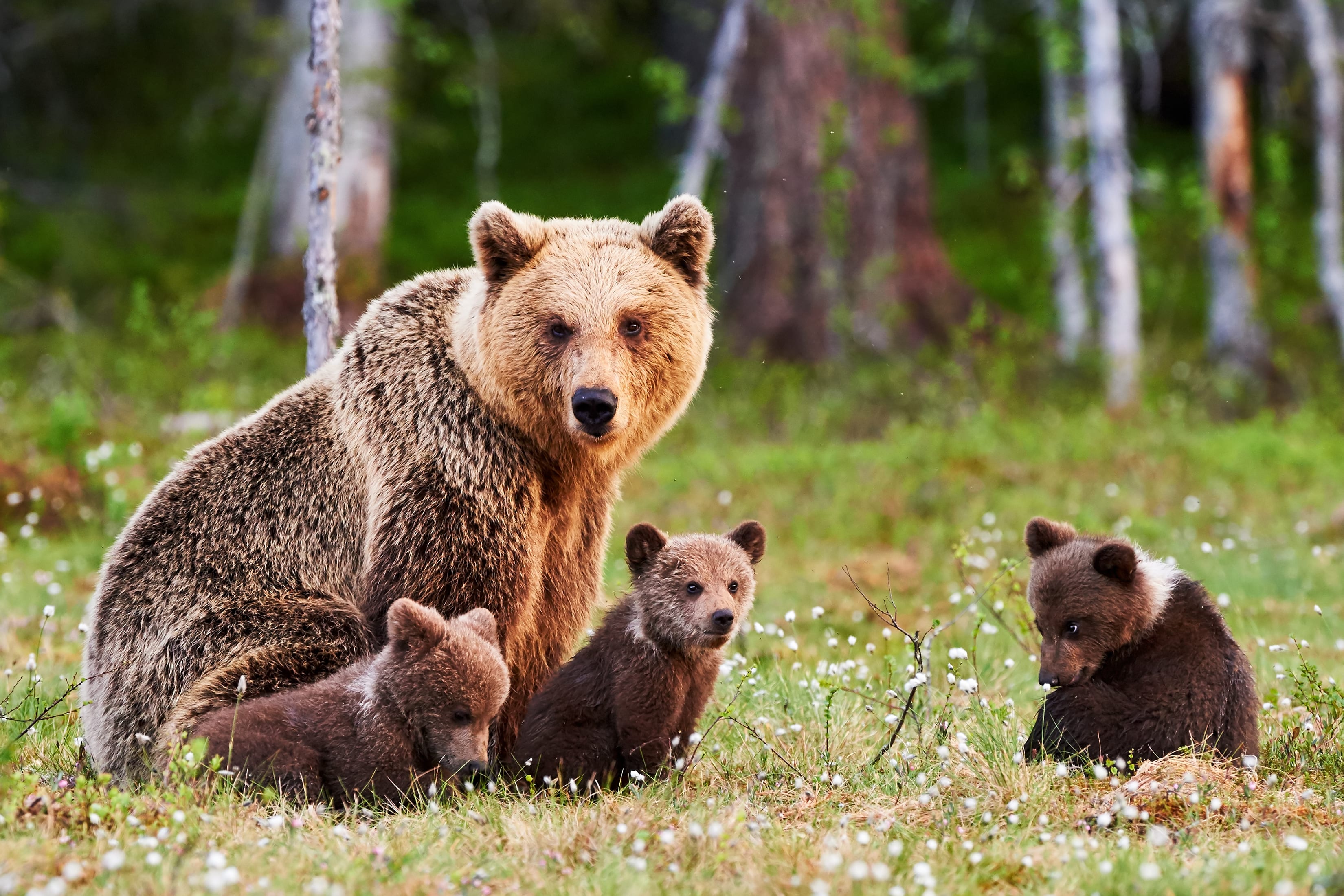
What is Rewilding?
The Rewilding Institute defines rewilding as a "comprehensive, often large-scale, conservation effort focused on restoring sustainable biodiversity and ecosystem health by protecting core wild/wilderness areas, providing connectivity between such areas, and protecting or reintroducing apex predators and highly interactive species (keystone species).”
Rewilding is often characterized according to the “3 Cs”: Cores, Corridors, and Carnivores. Cores refers to protected expansive habitat areas; corridors refers to the connections which allow migration and other necessary forms of movement; and carnivores refers to the large “keystone” species responsible for regulating the ecosystem.
The Benefits of Rewilding
Marine ecologist and National Geographic Explorer-in-Residence Enric Sala says of the urgent need to rewild the planet, “Half of all the land on Earth must be kept in a natural state to have any real hope of keeping climate change under control and to prevent the world’s ecosystems from unraveling. Essentially we need a lot more wild nature – it’s a sad fact that when you consider the total biomass of all mammals on land, 96 percent is accounted for by humans and our domesticated livestock, and only four percent are wild animals.”
Rewilding has benefits for both the planet and its inhabitants, according to Rewilding Britain. These include the following:
- Reducing greenhouse gas emissions
- Helping wildlife adapt to changing climate zones
- Reversing biodiversity loss toward restored abundance of wildlife
- Supporting diverse economic opportunities in rural and coastal communities
- Improving human health and wellbeing by providing clean water, food, healthy soils, breathable air, and other benefits
In fact, an international team of Brazilian researchers recently determined that restoring natural habitats is not only the key to avoiding animal species extinction, but also to mitigating the impact of climate change.
Another example of the advantages of rewilding in action? The return of trees in southern Norway is leading to local economic boosts across many factors, including nature-based tourism, forest products, hunting, fishing, outdoor education, snow sports, and hiking.
Rewilding Around the World
A growing body of international rewilding success stories attest to the validity of the assertion that nature knows best how to care for itself.
Open Access Government recently shared eight rewilding success stories, including the efforts of a group of farmers to return a large piece of agricultural land in the British countryside to nature.
In Nigeria, meanwhile, rare gorillas have been sighted, indicating their numbers may be growing after decades in decline. “It is extremely exciting to see so many young Cross River gorillas – an encouraging indication that these gorillas are now well protected and reproducing successfully after previous decades of hunting,” says Inaoyom Imong, director of WCS Nigeria’s Cross River Landscape project.
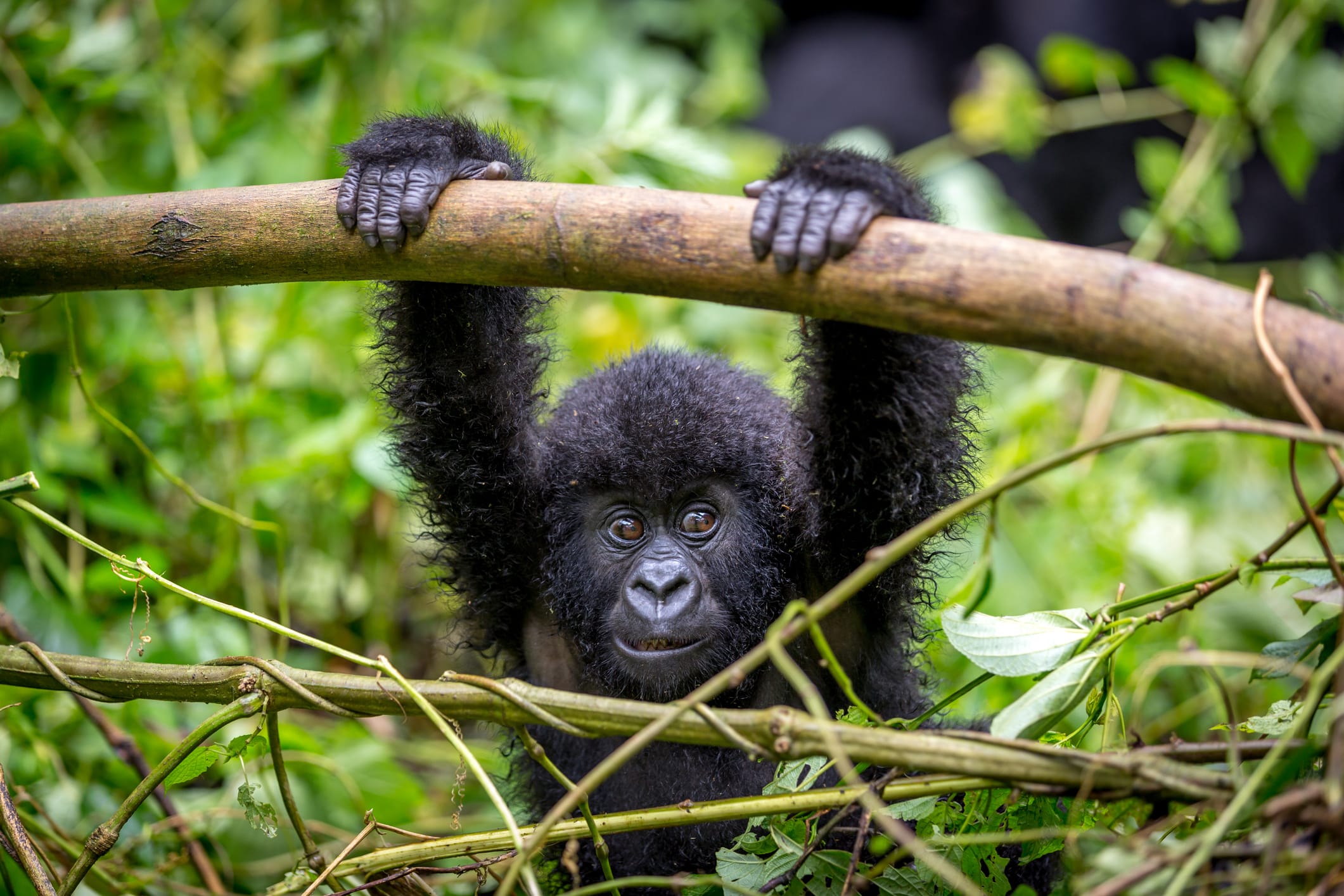
Conservation International heralded the reintroduction of wolves to Yellowstone National Park, the country’s first successful attempt to return an apex predator to a large ecosystem, as “a rewilding triumph.”
Africa’s Gorongosa National Park, described as the “African version of Yellowstone”, is also undergoing a comeback thanks to rewilding. After being pushed to the point of near-extinction, the protected area’s megafauna are resurging upon the reintroduction of the ecosystem’s largest animals, which were wiped out during the country’s decade-long civil war.
“Wild large mammals have profound effects on their environments. When they are removed, things start to break down. One can hope that there will be many more opportunities to document the ways in which their resurgence influences the structure and functioning of ecosystems, and that other landscapes and waterscapes will prove to be as resilient as Gorongosa,” proposes professor Robert M. Pringle, who specializes in ecology, biodiversity, and conservation.
The Guardian also shared species-specific rewilding success stories as a “cause for optimism.” These include bison in the Netherlands and Romania, beavers in the UK, giant tortoises in the Galapagos Islands, and Siberian tigers in South Korea.
In Europe, conservationists are celebrating increasing numbers of several carnivores, including brown bears, wolves, Eurasian lynxes, and wolverines. The Large Carnivores Initiative for Europe’s manifesto comprises three central premises: that large carnivores have a right to inhabit Europe; that the continent is “better, richer, and more diverse” with large carnivores in it; and that future generations should be able to experience large carnivores as part of their natural heritage.
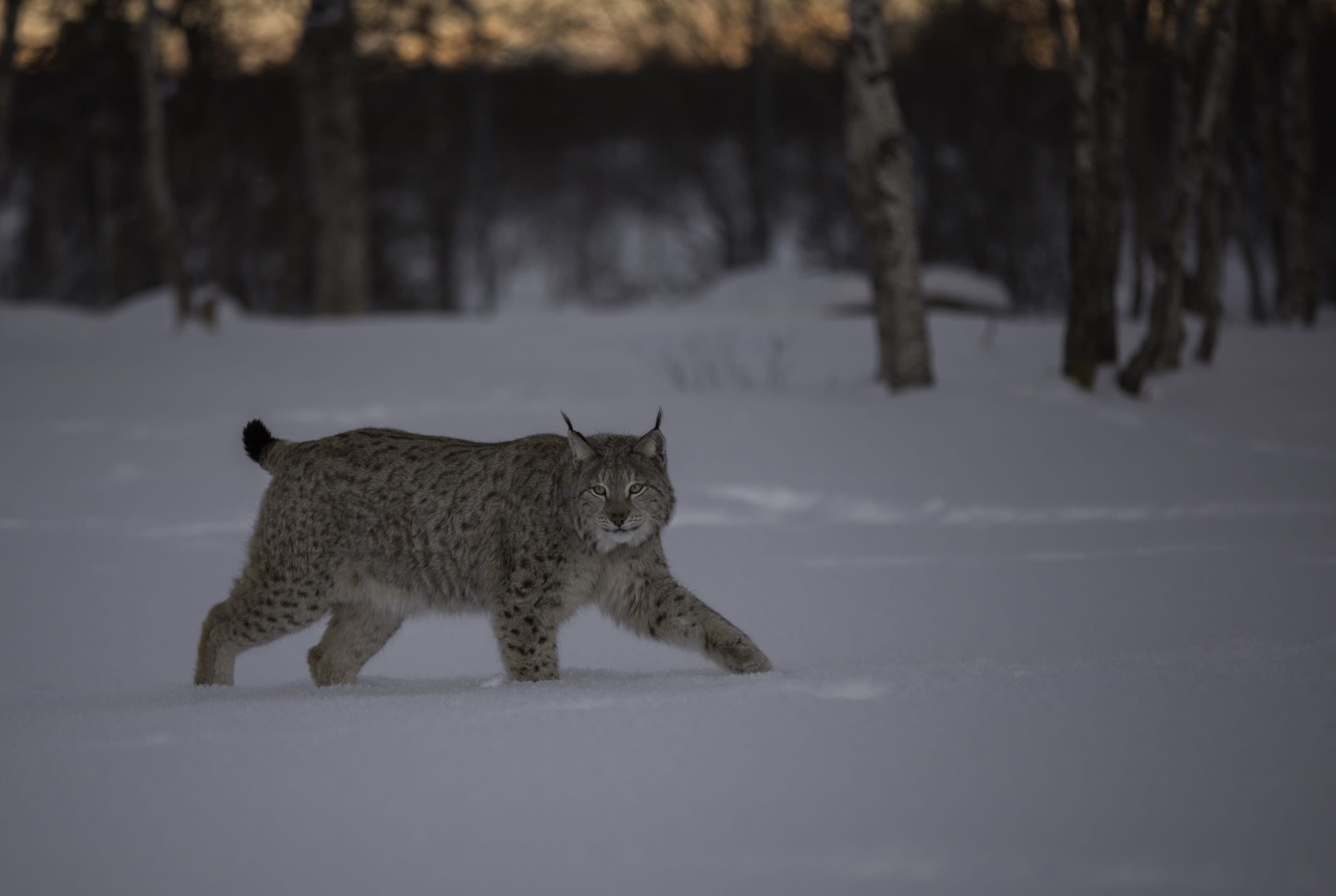
Vietnam’s Central Annamites mountain range is also the site of an ongoing rewilding effort. In an April 2020 Asia Times editorial, conservationist Van Ngoc Thinh discusses his work in this region, as well as his hopes for its future.
“We’re all intertwined with nature, which can be to our benefit, or to our detriment, depending on how this relationship is managed. Working with communities in the forests of the Central Annamites generates fresh hope and the drive to continue reconnecting this fragmented ecosystem; to bring back the wild spirits of the forests to a landscape that knows no boundaries, where humans can live sustainably alongside nature,” Thinh writes.
Rewilding and COVID-19
According to many experts, the pandemic represents a crossroads, and a unique opportunity to restore our relationship with the natural world through rewilding. “There is now a growing awareness that we cannot return to what we thought was ‘normal’ after this crisis has ended. Waiting for new pandemics and praying for vaccines is simply not a viable strategy – we need to deal with the underlying drivers,” contends Rewilding Europe managing director Frans Schepers.
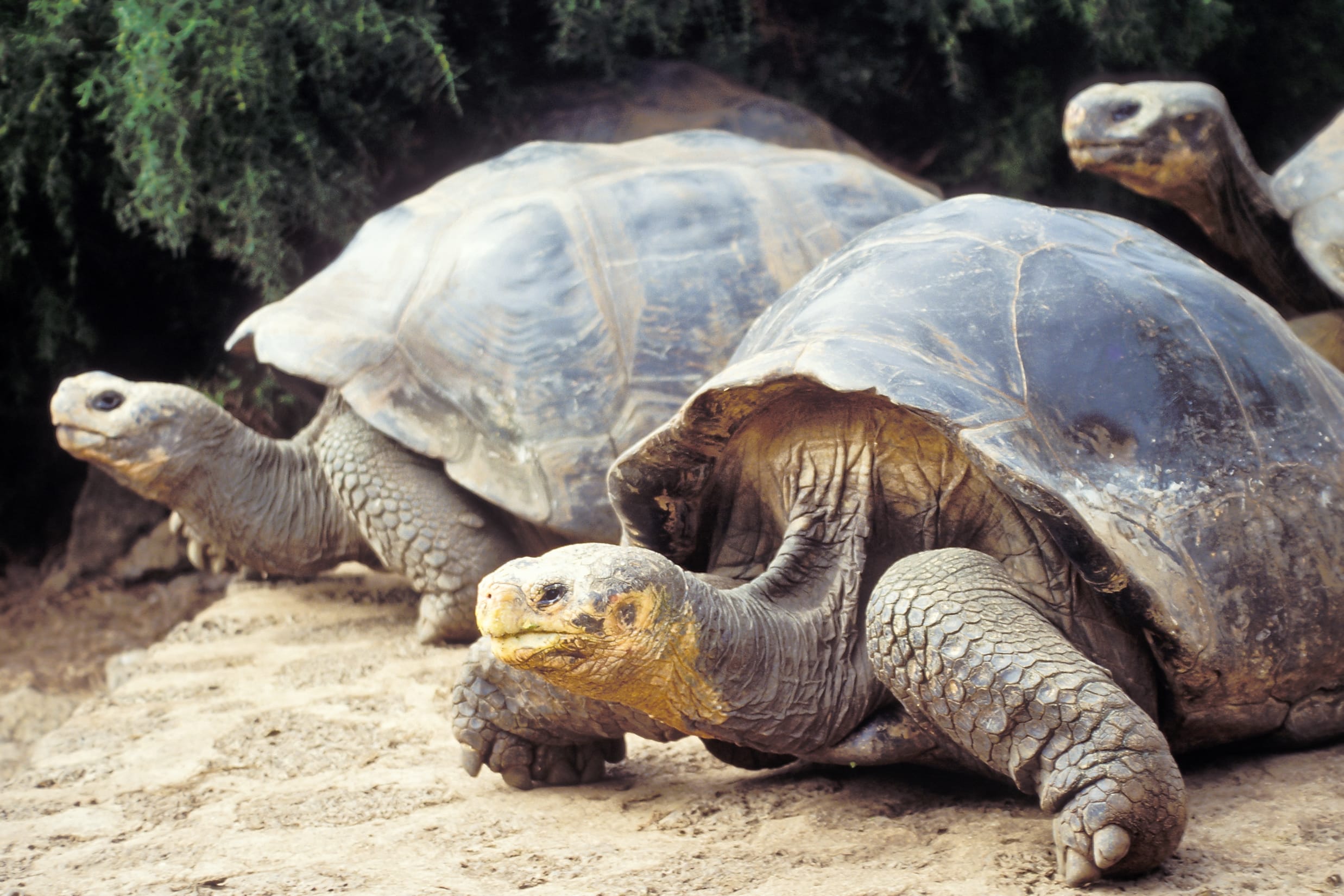
In addition to happening in areas we typically associate with wildlife, this can also be happening in our own backyards, according to Kinder Baumgardner, managing principal of international landscape architecture, planning and urban design firm SWA Group. He proposes the pandemic offers unique opportunities for rewilding in local communities as people have more time to enjoy outdoor areas.
”Pandemic survivors will find solitary comfort in forest bathing rituals as they enter these spaces for a moment of stress relief and sanitary sanity. Native opossum and raccoons will colonize these spaces and thrive; children will build forts and clubhouses; and communities will co-opt them as gyms and meeting spaces,” Baumgardner asserts.
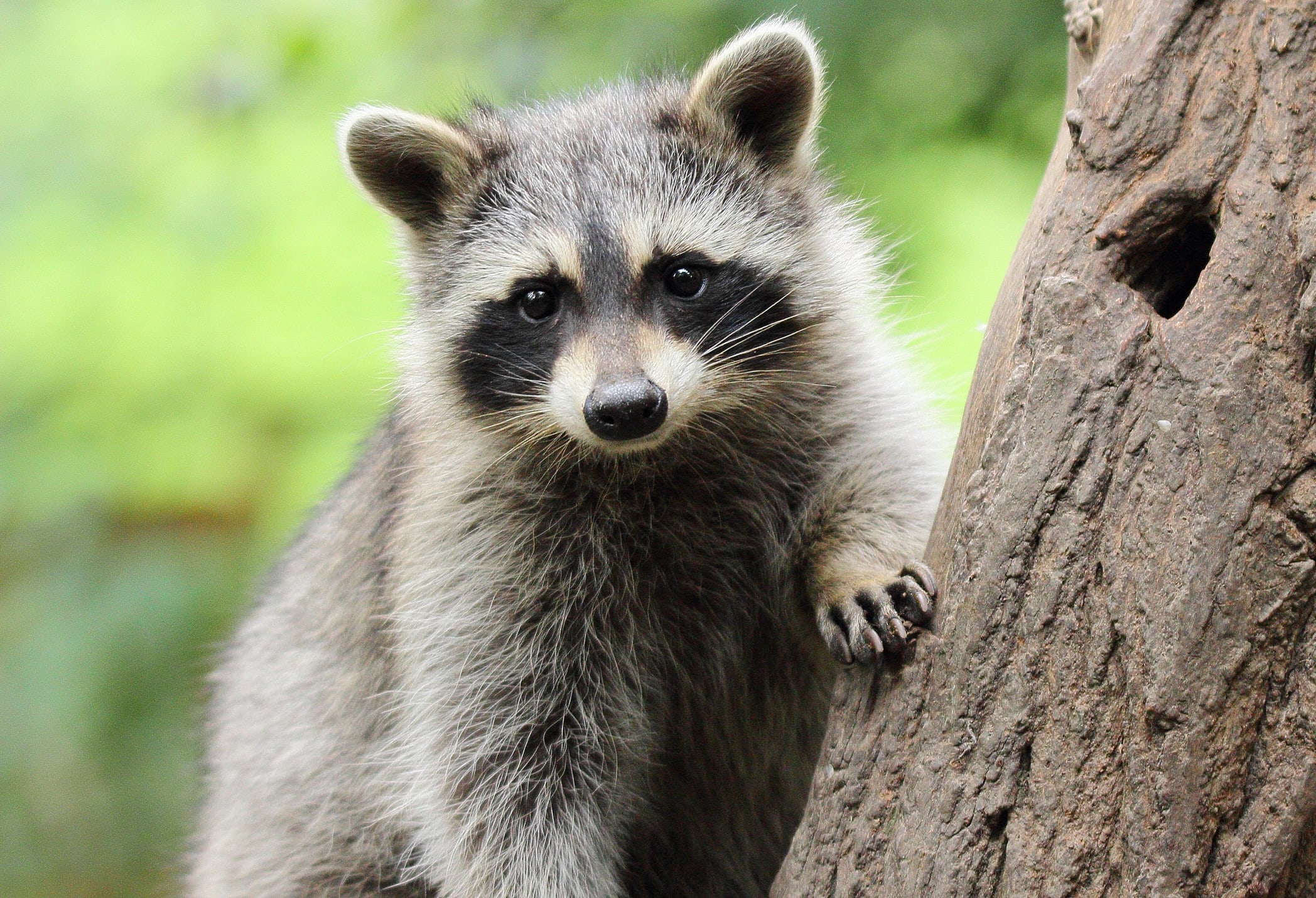
Rewilding Institute director John Davis observes, "Rewilding, in essence, is giving the land back to wildlife, and wildlife back to the land." Not only are the benefits to both giver and recipient extraordinary and exponential, but there’s no better time than now to prioritize this critical conservation strategy.
Find your perfect program
Use our search to find and compare programs from universities all over the world!
Environmental Studies
Joanna Hughes
Author
Joanna worked in higher education administration for many years at a leading research institution before becoming a full-time freelance writer. She lives in the beautiful White Mountains region of New Hampshire with her family.
Find a program in these categories


